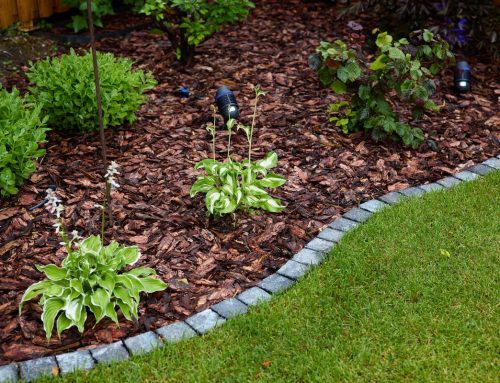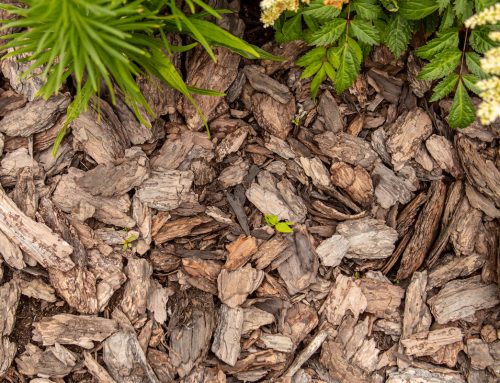Seasoned wood has been allowed to dry for an extended period before being used as fuel. The key is allowing the wood to undergo a slow and natural drying process.
Seasoning typically involves storing the wood in a well-ventilated area, off the ground, for around six months to a year. During this time, the wood naturally loses its moisture content through evaporation, making it dry and suitable for burning.

Does seasoned wood look different?
Other than moisture testing, there are a few indicators that wood is properly seasoned:
- Color: Lighter color compared to unseasoned wood, often grayish or faded appearance
- Bark: Loose or easily comes off
- Cracks: Look for cracks at the ends of the wood
- Scent: A more subtle, neutral scent
- Sound: Seasoned wood produces a hollow sound when two pieces are knocked together
- Weight: Seasoned wood is lighter because the water content has evaporated
When should you use it?
Seasoned firewood is best for a clean, efficient, high-heat burn.
It ignites more easily, burns more efficiently, produces less smoke, and generates more heat than unseasoned wood. That’s why it is commonly used in fireplaces, wood-burning stoves, and outdoor fire pits. Seasoned firewood is also more cost-effective because fewer logs are needed to achieve high heat.
Is seasoned wood safer?
Seasoned firewood emits fewer pollutants and reduces the risk of chimney fires. It produces less creosote than wet woods—a dangerous byproduct of burning wood and other fuels. This tar-like substance can accumulate in chimneys without regular maintenance.
The incomplete combustion of wood releases volatile gases. As they cool down, they condense and adhere to chimney and stovepipe walls. Creosote is highly flammable and can pose a significant fire hazard. There are three main types of creosote:
- First-degree creosote: A light, fluffy deposit that can be easily brushed away. It's often a result of burning seasoned wood.
- Second-degree creosote: More tar-like and harder to remove. It has a higher risk of igniting.
- Third-degree creosote: A hardened deposit that is highly flammable and challenging to remove. It poses a severe fire hazard.



